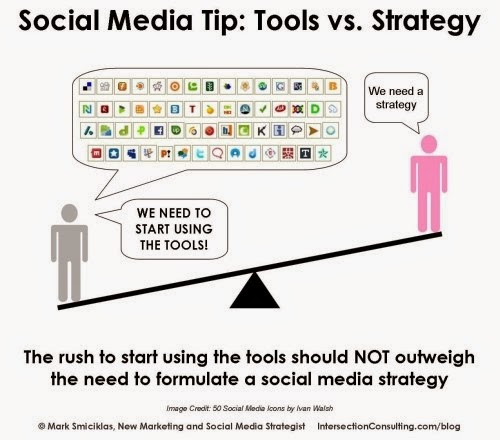What is relationship management?
Relationship
Management in Business (BRM) is defined by Wikipedia as: understanding,
defining and supporting inter-business activities related to business
networking.” (Wikipedia 2015). It consists of knowledge, skills and behaviour
that creates a productive relationship between the business and its stakeholders. This
can be identified both internally and externally inside a company. Internally
it consists of for example the HR, IT and finance department as in externally
it also considers the external provider and partners. BRM should not be mixed
with the term customer relationship management (CRM). (Wikipedia 2015.)
(Source: https://www.boundless.com/marketing/textbooks/boundless-marketing-textbook/introduction-to-marketing-1/introduction-to-marketing-18/relationship-building-with-various-stakeholders-111-3496/)
(Source: https://www.boundless.com/marketing/textbooks/boundless-marketing-textbook/introduction-to-marketing-1/introduction-to-marketing-18/relationship-building-with-various-stakeholders-111-3496/)
(Source: https://www.youtube.com/watch?v=IIeqIN90dK0)
Why is stakeholder relationship management so important for the company? Harrison from Cutting Edge PR writes that "Effective management of relationships with stakeholders is crucial to resolving issues facing organizations." (Cutting Edge PR 2005-2013). He clarifies that stakeholders are the ones that hold the key to the environment where your company operates and play an important role when it comes to the financial and operational factors of the business. According to him the aim of the stakeholder relationship management is to be able to influence attitudes, decisions as well as actions for mutual benefit. Both need to be able to gain from the cooperation in their own ways for it to be successful and continuous. (Cutting Edge PR 2005-2013.)
How
to create and maintain trust and loyalty with stakeholders through
communication?
Stakeholder engagement? (how to maintain the relationship, trust and loyalty)
Stakeholder engagement? (how to maintain the relationship, trust and loyalty)
Source:(Cotter 2013)
Stakeholder Conflict Resolution Styles
(Source: http://www.slideshare.net/CharlesCotter/stakeholder-relations-management-and-conflict-resolution)
(Source: http://www.slideshare.net/CharlesCotter/stakeholder-relations-management-and-conflict-resolution)
References:
Wikipedia 2015. Business Relationship
Management. URL: http://en.wikipedia.org/wiki/Business_relationship_management.
Accessed: 21.04.2015. Cotter, C. 2013. Stakeholder Relations Management and Conflict Resolution. URL: http://www.slideshare.net/CharlesCotter/stakeholder-relations-management-and-conflict-resolution. Accessed:21.04.2015.
Cutting Edge PR 2005-2013. Stakeholder relations management is a key skill. URL: http://www.cuttingedgepr.com/articles/stakeholder-relations-management-is-key-skill.asp. Accessed: 21.04.2015.













